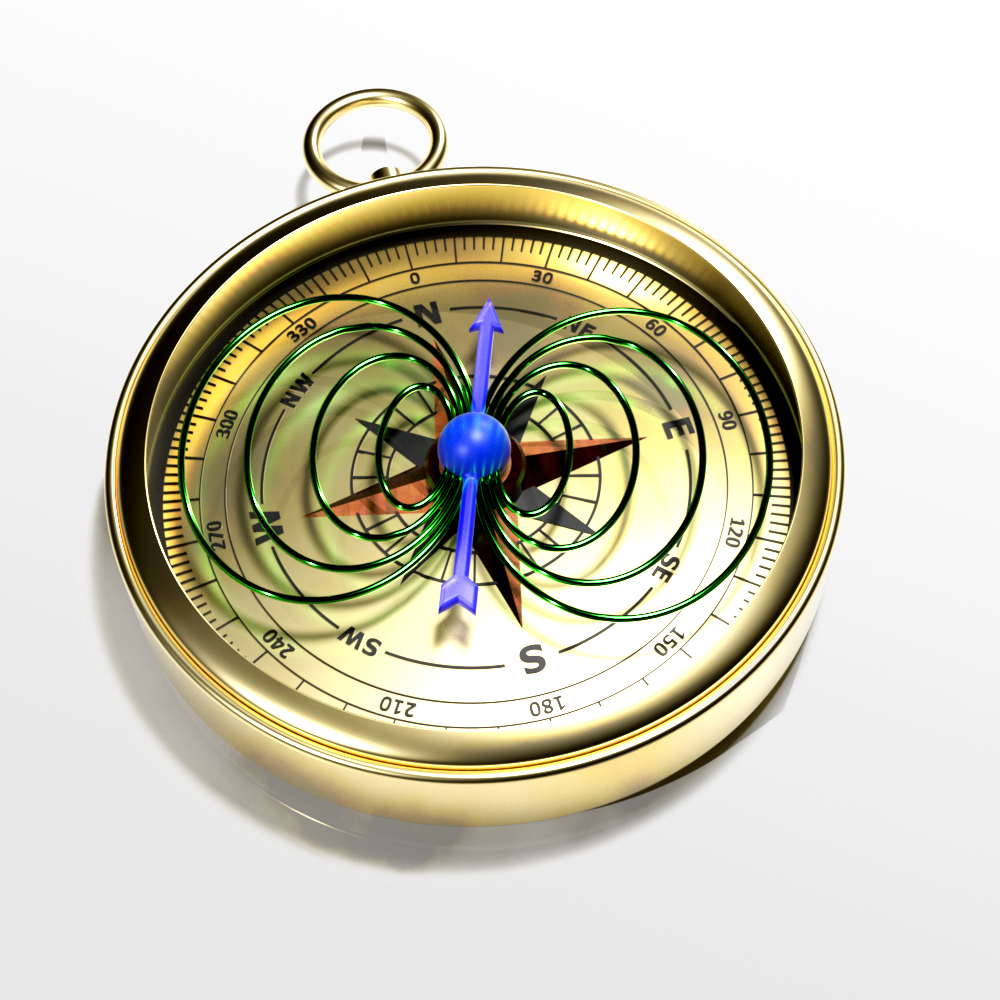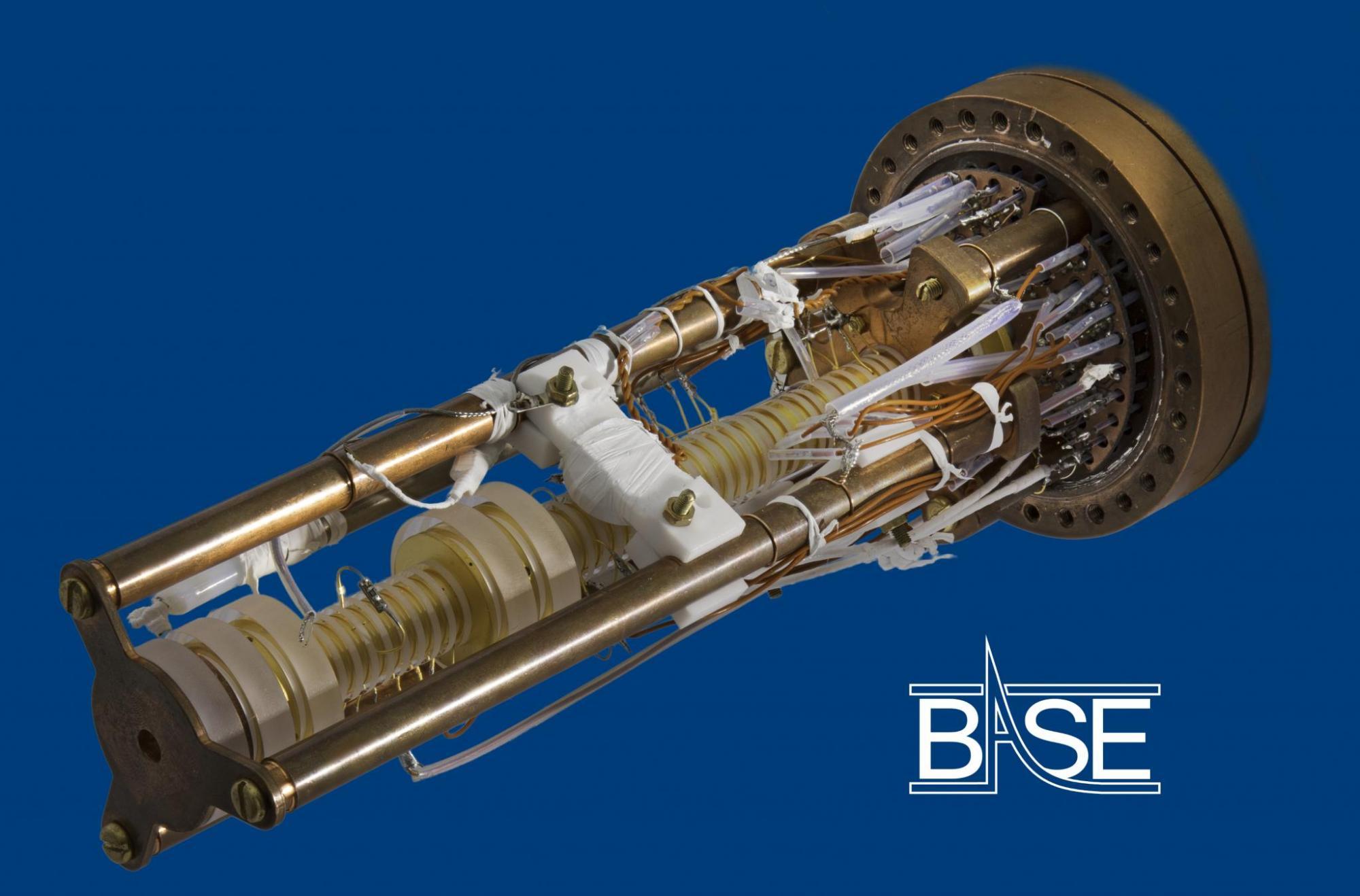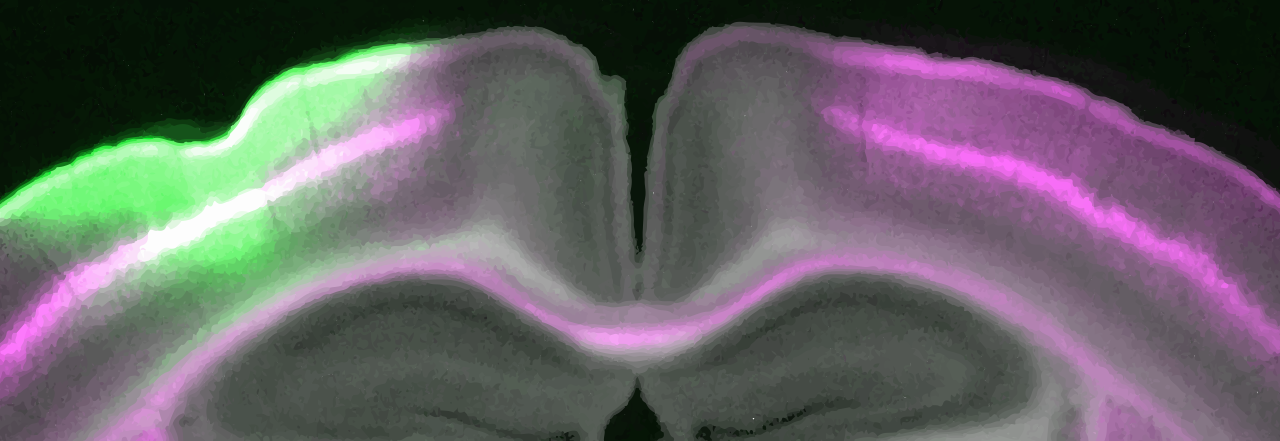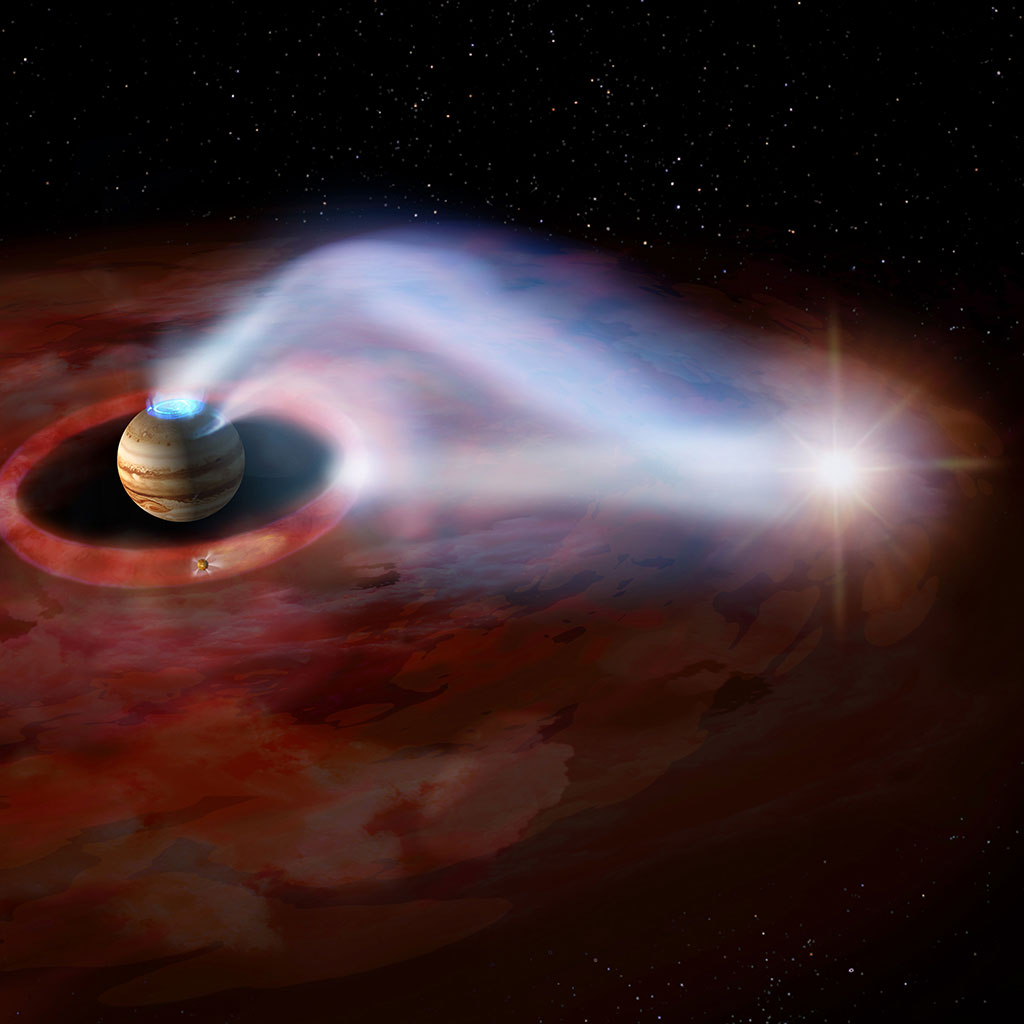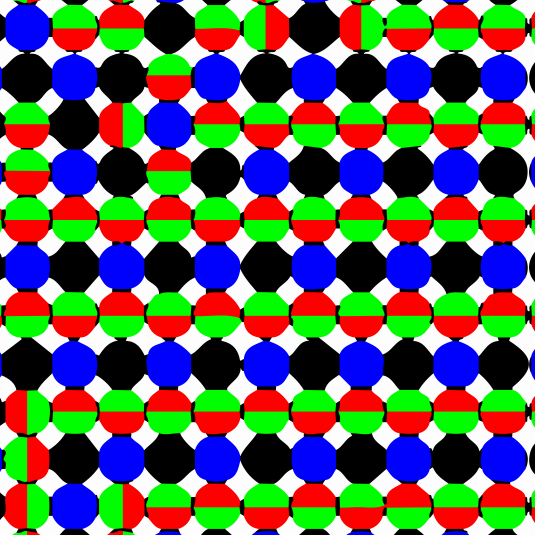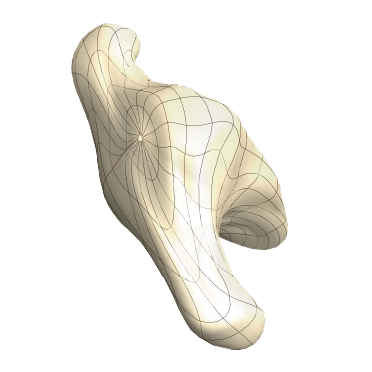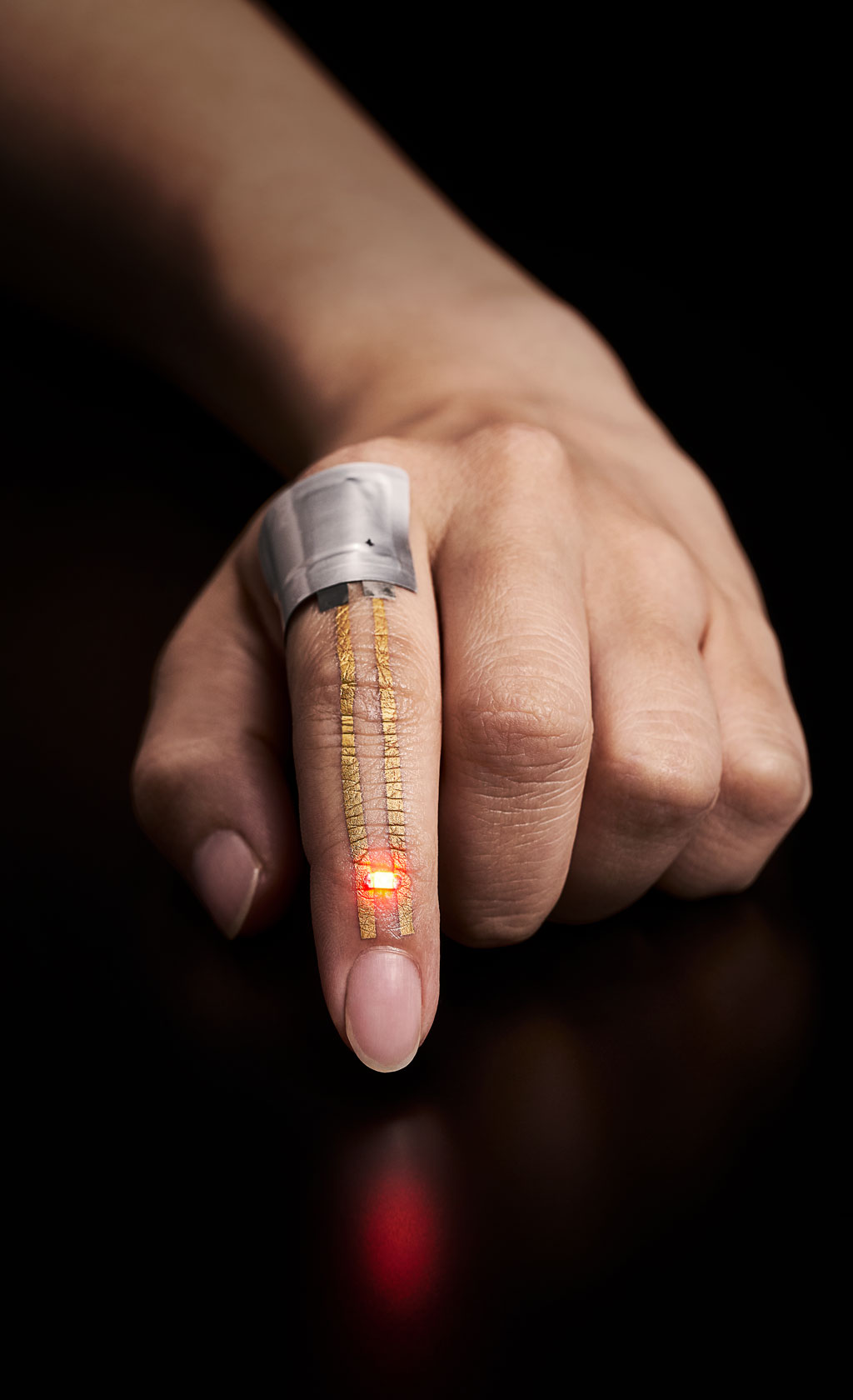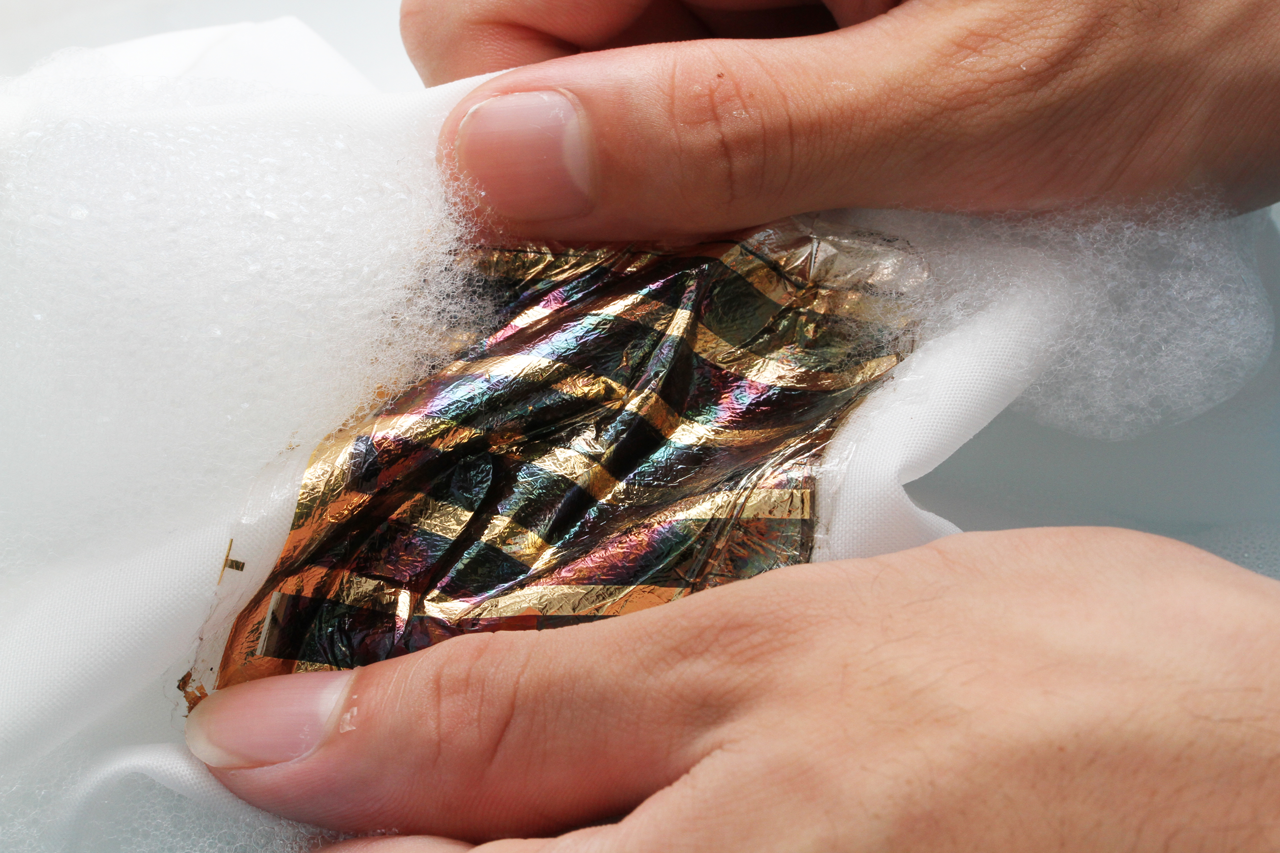Latest research animations
Self-assembly of spider silk
This gut microbe might protect against diabetes and reduce insulin resistance
NEW: One-way hydrogel guides motion of tiny worms!
Latest Posts
No Results Found
The page you requested could not be found. Try refining your search, or use the navigation above to locate the post.
Most precise measurement ever of proton magnetic moment
Proton and antiproton still seem identical
Microcolumns: elementary neuronal units that carpet the (mouse) brain
Jupiter’s volcano-powered auroral lights
Hepatoma (liver cancer) blocked by a sugar look-a-like
Random movements help color-detecting cells form the proper pattern
Visualizing chick-brain morphogenesis
Skin-like wearable electronics
Solar cells you can put in the wash
Aug
22
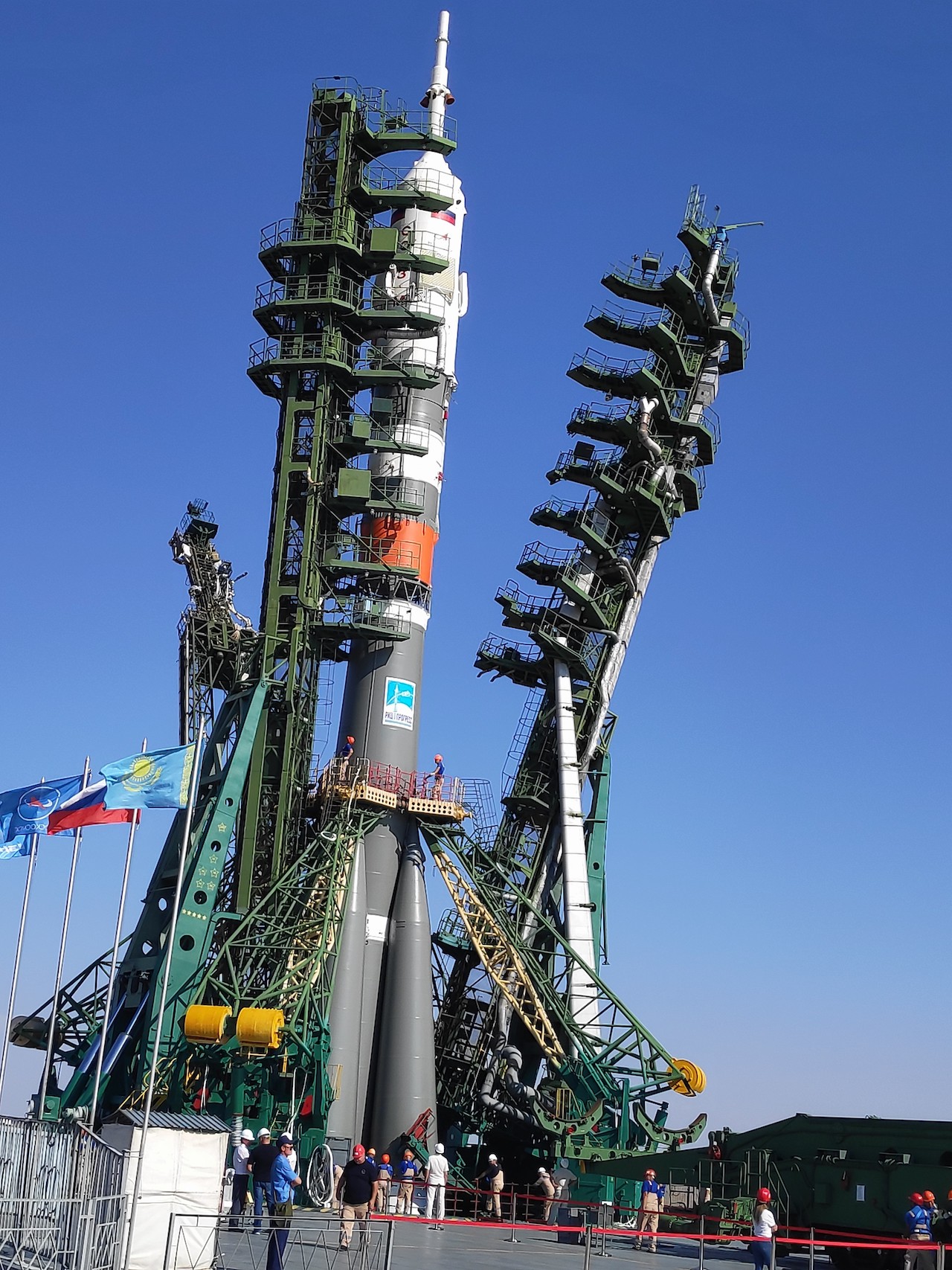
Mini-EUSO launched to the International Space Station ?
The Mini-EUSO observatory was successfully launched to the International Space Station aboard the Soyuz MS14! NASA video inside!
Aug
9
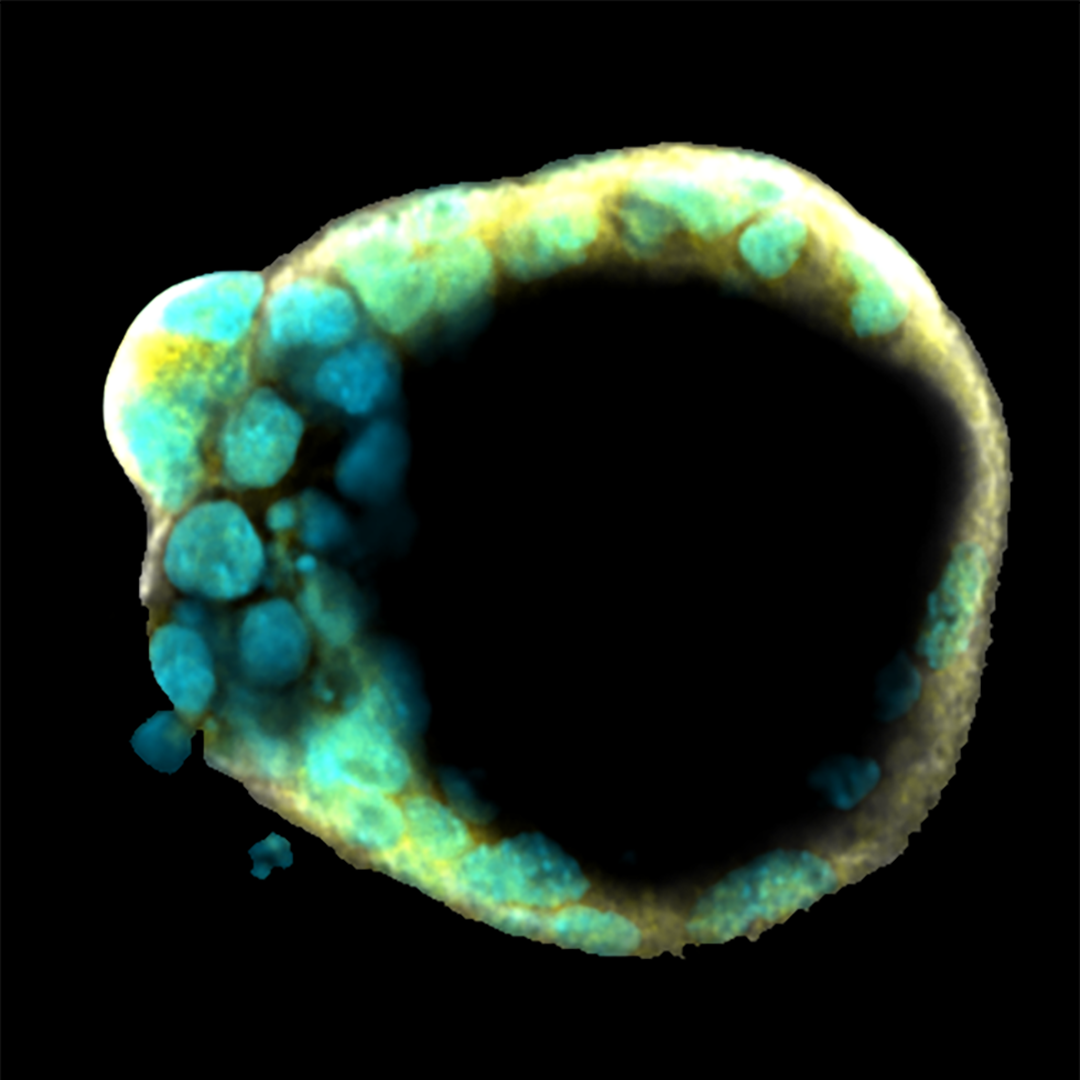
Implantable blastocyst‐like cysts grown from stem cells
Embryo Organoids?! Blastocyst‐like cysts grown from pluripotent mouse stem cells were similar to natural blastocysts (early embryos).
Jul
16

Talking science Illustration with Misaki Ouchida
Whether it’s bird anatomy or science cartoons, Masaki Ouchida can do it all. She spoke with us about her career in science illustration, from the US to Japan.
Jul
9
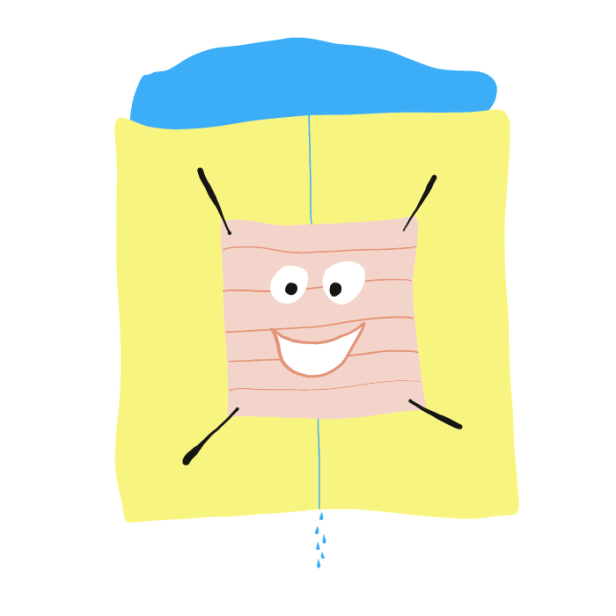
Cyborg microchip valve driven by earthworm muscle
This earthworm muscle-controlled biological microelectromechanical system (bio‐MEMS) could lead the way to next-generation medical implants.
Jul
3
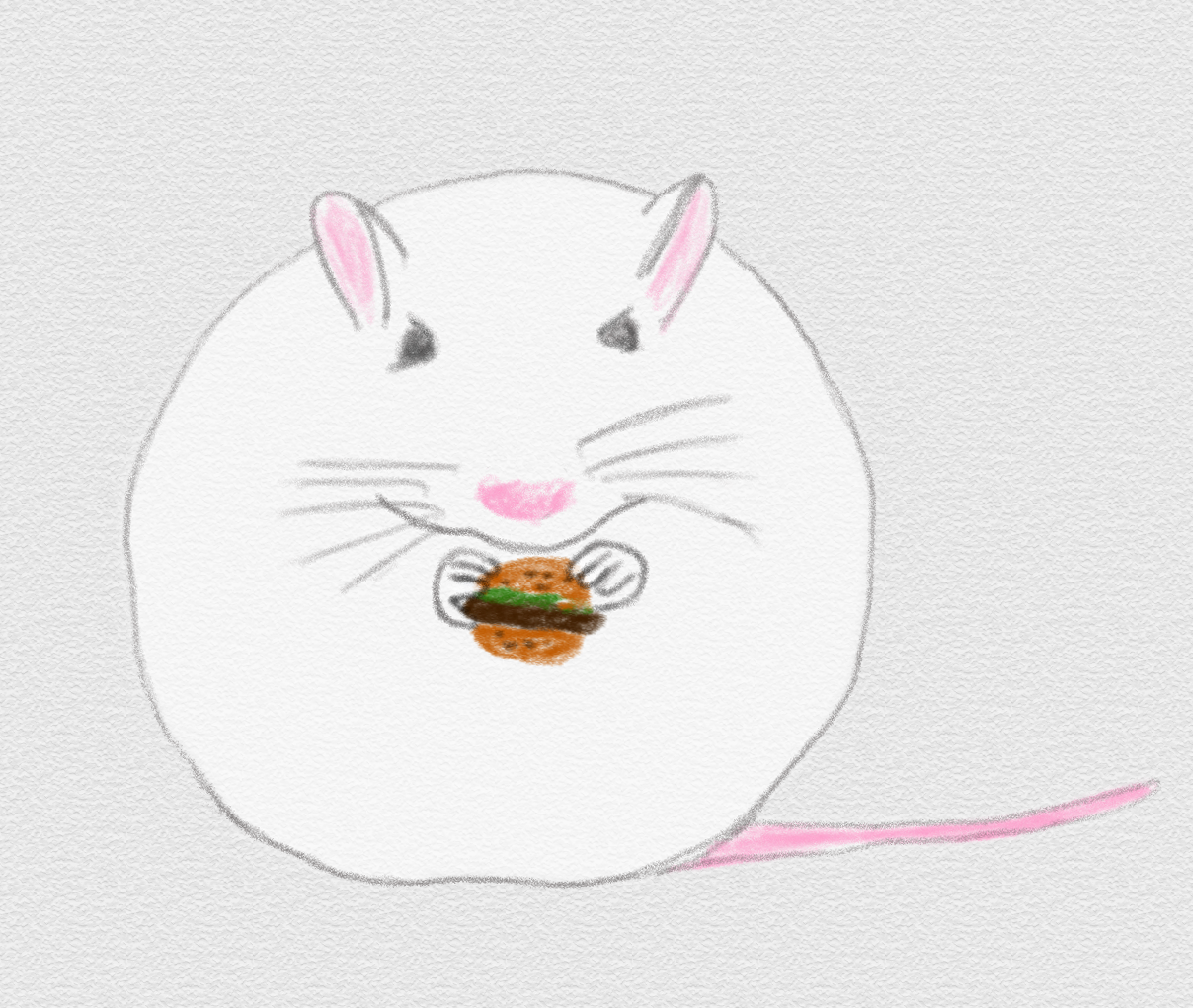
Eating a high fat diet without getting obese?
Scientists discover that without innate immune cells in the intestines, eating a high fat diet does not lead to obesity in mice.
Jul
2
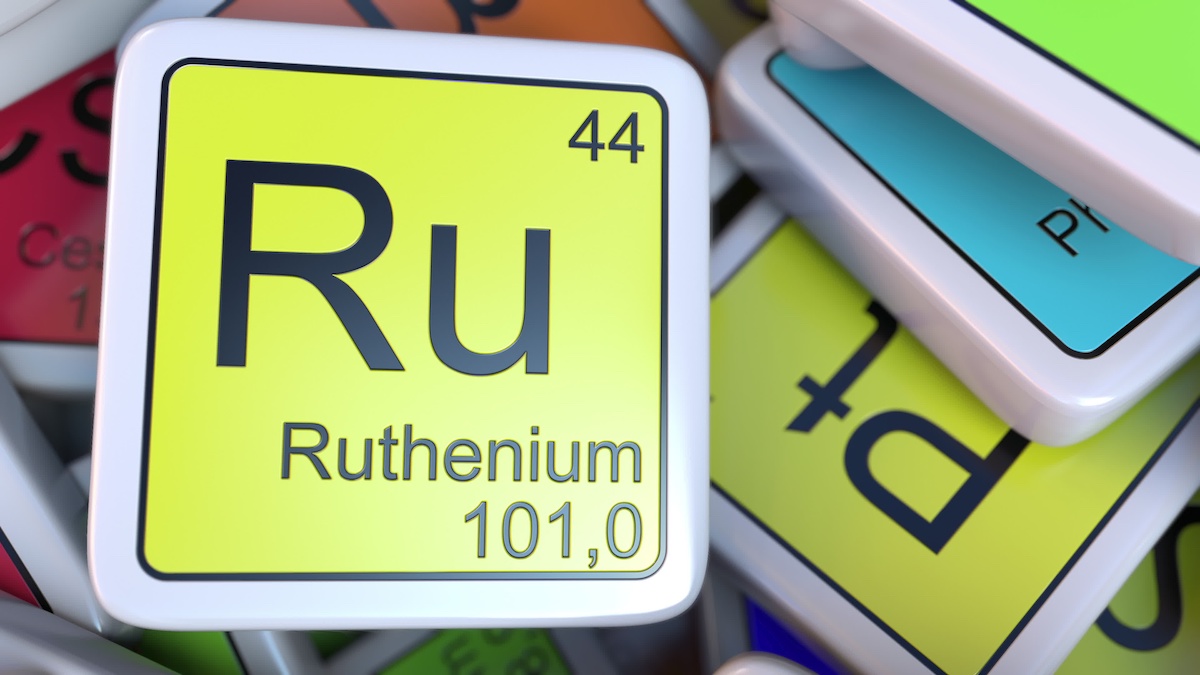
New metalloenzyme system selectively targets cancer cells
Specific targeting of cancer cells and onsite drug synthesis has been achieved using a new artificial metalloenzyme delivery system.

